
It’s Not The Altitude, It’s The Attitude That Matters.
I was reminded of this dialogue mouthed by actor Jack Gyllenhaal from the movie Everest in which he played the American mountaineer Scott Fischer. I was on the trek to Everest Base Camp. And it was my day of acclimatization at the Hotel Everest View (3880mtrs) near Namche Bazaar and I was talking to another group of five senior citizens who did not look “so senior” in their appearance or attitude.
“We are all on a pilgrimage here and this is our destination,” said one senior lady from the group. “We call ourselves as the Pacemaker Club” the same lady joked. What she said next while introducing the other members of her group left me more impressed; I was informed that two gentlemen in her group were on pacemakers and another lady had her knee replaced with a titanium knee. Their medical advisors had advised them not to trek beyond this altitude.
“Would you mind taking a picture of us” requested a senior gentleman from the group passing me his camera. I obliged. As all of them said cheers in unison, they all looked very excited. “This is a speciality of Karnataka” another lady from the group offered Mysore Pak (South Indian sweet) from a box. I congratulated the group for the successful completion of their pilgrimage/trek, before taking two pieces of the delicious Mysore Pak.
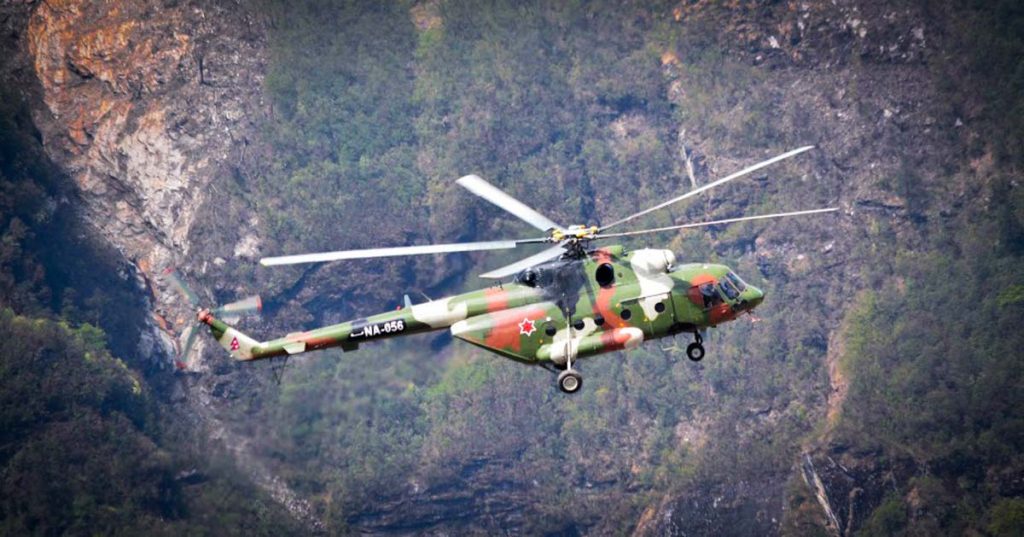
The above title of this article came to my mind at that moment; seeing the enthusiasm of this group of senior citizens and how important this trek was to all of them. I also realized that my trek to Everest Base Camp was no less than a pilgrimage; for I had to wait thirteen years before I could embark on this trek. First time I almost went in the year 2003 when a month before the trek I was diagnosed with tuberculosis and the second time around my mother fell ill.
In the year 1976, the Nepalese government designated the Mount Everest and the surrounding area as the Sagarmatha National Park. 1979 saw this area becoming a Natural World Heritage Site to protect the flora and fauna in the park and collection of firewood has since been prohibited. Thanks to the innumerable private expedition teams, tons, and tons of waste including plastic bottles, empty oxygen canisters, batteries, used fuel cylinders and human waste is removed from Everest and its surrounding region each year.
In her famous novel Fear of Flying, Erica Jong writes, “There are no atheists on turbulent aeroplanes”. While embarking on this pilgrimage and boarding the Dornier aircraft at the Kathmandu airport to fly to Lukla, the sight of a few co-passengers proves the above quote true.
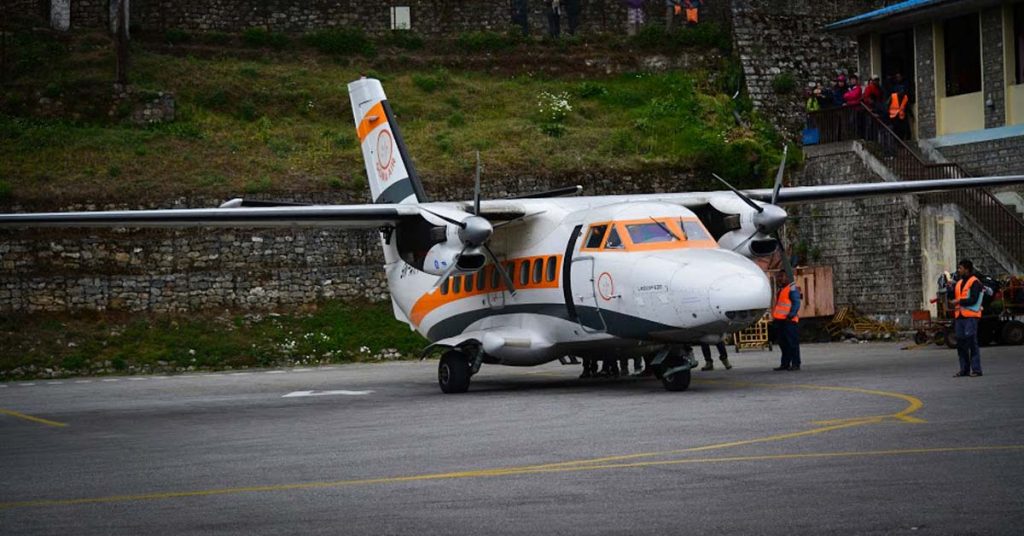
Lukla is considered as the world’s most dangerous airports. Although, a sight of the number of private airlines operating in that sector and the number of flights landing and taking-off on any clear day at Lukla belies the aforesaid claim about this airport.
I was part of a group of seven and with a prayer, for a not so turbulent flight and a not so bumpy landing our flight took off. While your heart wants to capture the spectacular views from the aircraft your mind is constantly thinking if the pilot would give you a bumpy landing at Lukla.
Although, one is left spell bounded observing the precision with which the pilot steers the plane to have a smooth landing in such a small and narrow runway at Lukla; it’s no less a miracle.
In between the chaos and confusion of landing at Lukla and sorting our bags we are introduced to our Sherpa’s, who would be our guides during this trek. Sherpa means ‘easterners’ or ‘east-people’. They came from Tibet and settled in the eastern regions of Nepal more than 500 years ago. Sherpa’s are invaluable for the success of any expedition or climb up in the Himalayan region. They are expert climbers and know every inch of the Himalayas.
Out trek organizer, Adventure Pulse of Pune had organized a typical eleven days trek to Everest Base Camp and back to Lukla. The trek would take us through Phakding, Namche Bazaar, Tengboche, Dingboche, Lobuche, Gorakshep, Everest Base Camp, and then return via, Pheriche, Namche and finally Lukla. In between, there were two days each set aside for acclimatization at Namche Bazaar and Dingboche and an optional climb to Kalapathar at Gorakshep.
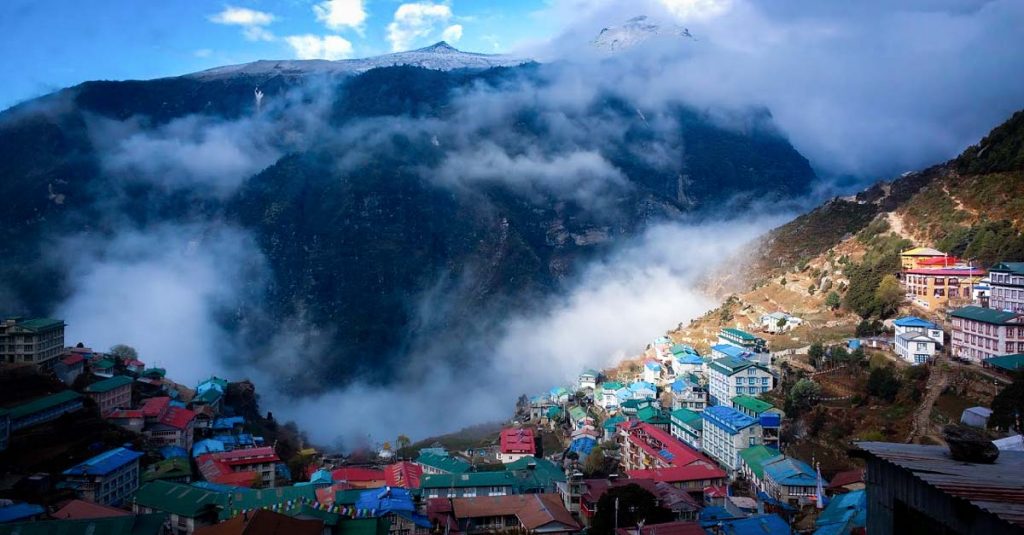
The first gate that greeted us when we began the Base Camp trek is dedicated to Pasang Lhamu Sherpa, one of the first Sherpa’s of this region. Enroute the entire trek up to the Base Camp, we come across three sacred things. Firstly, the huge rocks with carvings on them known as “Maani”. The carvings are Buddhist mantra’s. The Sherpa advised me to go around these rocks on the left side, for good luck.
Next, we come across Stupas with Tibetan Prayer wheels ranging from the size of glass, to as large as a mini-van. Within these wooden wheels are millions of Buddhist mantras written on paper and tightly wrapped inside. On turning these prayer wheels clockwise, it is believed that prayers and blessings are released into heaven bringing fortune and goodwill to the traveller. For trekkers like me, the only prayer was, for a safe return from the trek.
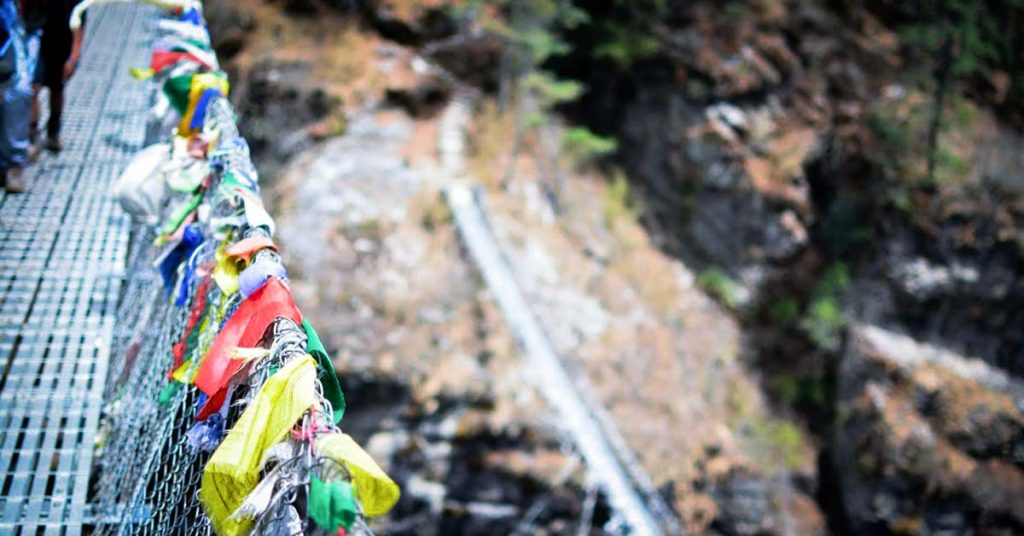
The third thing that we often see on the trek trail is the coloured prayer flags’, strung from treetop to treetop, covering large distances, strategically placed over the paths, so that travellers may be blessed with these prayers. The five colours representing the five elements fire, water, earth, air, and spirit had tiny prayers scrolled on them and it is believed that when the wind blows over these flags the prayers are carried away to heaven.
On day three and four of the trek at Namche Bazaar, apart from the trek to the Everest View Hotel on the acclimatization day, there is one more place of significance. It is the headquarters of the Sagarmatha National Park which also has a memorial and a bronze statue of Tenzing Norgay. If one closely observes this statute on a clear day, the pickaxe in Tenzing Norgay’s hand points to Mount Everest in the background.

Up until Namche Bazaar, one does not feel the significance of the trek; since we are still stuck in our mundane material world with mobile phones and all kinds of attachments and modernity that comes with it. One feels the real significance of this trek when we reach the Tengboche Monastery (3837mtrs) through a steep and quite a tortuous climb with lots of up and downs. It is located high on a knife-edged ridge.
Tengboche monastery is the same one where once Tenzing Norgay was sent to become a monk. It was built in 1923 and destroyed twice; by an earthquake in 1934 and a fire in 1989, but was rebuilt again. We got our first magnificent view of Mount Everest which appears closer from here and not as part of a photograph. Other peaks like Tawache, Nuptse, Lhotse, Ama Dablam, and Thamserku are also visible from here.
After the torturous climb, it is a relaxing and soothing experience attending the evening prayer at the monastery.
A strange holy silence descended amidst all the trekkers, as the monks chanted the holy prayer in unison and we had all closed our eyes in meditation. As the chants, prayers, and meditation continued, the tiredness of the trek seemed to have just disappeared.
It was day five of the trek when we started from Tengboche to Dingboche (4343mtrs). Not because the signals of the phone had started fading from this altitude onwards, but I felt a certain calmness within me, as we resumed our trek. Soaking in the meditative silence of the morning, all the trekkers were walking at their own pace, with just the hum of the river Dudhkosi flowing beside the path.
As a pilgrim, my body was now used to a certain discipline, controlling myself with food, no milk tea, having the simple Nepali-set meals containing daal (lentil), bhat (rice) and tarkari (vegetable of the day), overcoming the frequent temptations of giving up the challenging trek and many such distractions.
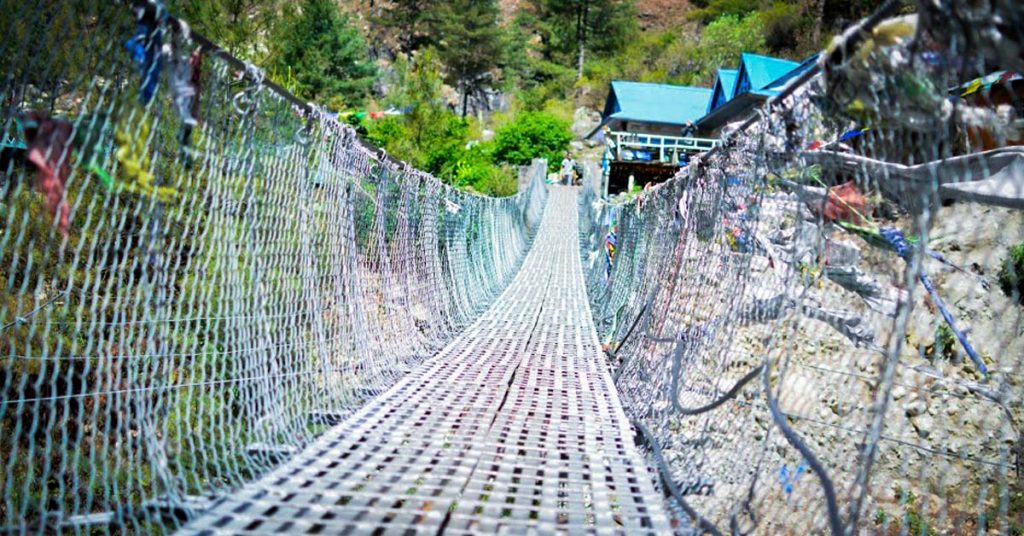
American memoirist, novelist, and essayist Cheryl Strayed in her book Wild which was also adapted into an Oscar-nominated movie states that she did the Pacific Crest Trail to “walk myself back to the person; my mother thought I was”. Each trekker had his or her reason for this long and arduous trek. For me, it was just being one with nature; away from the concrete jungle with its concrete emotions.
The human mind is like a restless bird and I must admit how much ever I tried to soak myself in that calm and serene atmosphere of the trek, there were numerous thoughts and things that kept coming, some fond memories and some not so fond.
At Dingboche, we experienced the first common community Bukhari which would keep us warm in the dining area.
All the Sherpa’s and the guest’s of the tea lodges would congregate there before dinner time to catch on a game of cards or chat about their day. Some like me would catch up with their reading or writing.
The next day’s trek to Lobuche was a steep climb, Everest started appearing closer than ever. I realized that with the gaining altitude my walk was getting slower but our Sherpa advised us, vistharey, vistharey (slowly, slowly) and that perseverance is generously rewarded here. The only reward on my mind was to complete this pilgrimage.
On way to Lobuche, we passed through an extremely haunting place which became misty with blizzards. It had an eerie silence despite many trekkers passing by or taking a stroll around. This place is known as the Thukla-Dhukla pass; here we found ourselves amidst memorials erected by family and friends of climbers who dreamed of summiting Everest and could never return home. These memorials were a strong reminder to appreciate life to the fullest. Two memorials that were very familiar to all the trekkers were that of Scott Fisher and the New Zealander, Rob Hall.
Everest Base Camp Trek
The day had finally arrived when I was going to reach my destination, Everest Base Camp. The Sherpa’s advised us to not get excited but to know how our body was reacting to the altitude. One started to hear stories of team members abandoning their trek and taking the helicopter evacuation, as they could not take the altitude sickness. One could frequently hear rescue helicopters whirring up above, reaching someone to a lower altitude.
Akin to a pilgrimage, one has to stay focused and determined to get the darshan of the Lord/Deity. Those determined continued their trek. It’s a five-hour trek to Gorakshep from Lobuche and then a two-and-a-half-hour trek from Gorakshep to Everest Base Camp. Since it was a non-climbing season, we had to trek back two and half hours from Everest Base Camp to Gorakshep, to spend the night as there was nothing available at Base Camp. In all, today’s more than nine-hour trek, was going to test my preparation, determination, fitness with all the challenges like altitude, steep terrain, and lack of oxygen.
A prayer in my heart and a bar of chocolate, I didn’t realize that I had reached my destination till my Sherpa was jumping in excitement, that I have made it to Base Camp. When I looked around, there was nothing except for rocks and lots of colourful prayer flags. The Sherpa reminded me that September through November is a non-summiting season, so nobody sets up camps here; otherwise, this place would be busy as a small village.
While the other trekkers were busy clicking pictures, I stood there in silence and reminded myself that my pilgrimage is complete; after almost thirteen years I was finally at Everest Base Camp. My body, mind, and soul thanked that higher being for giving me the strength to experience this spectacle. When I opened my eyes, the other trekkers had already started their descent back as the sun was about to set. It was a surreal experience standing there alone for those brief minutes in complete silence and observing the magnificent Mt Everest. Looking at Everest I thought, now that would be an ultimate pilgrimage.
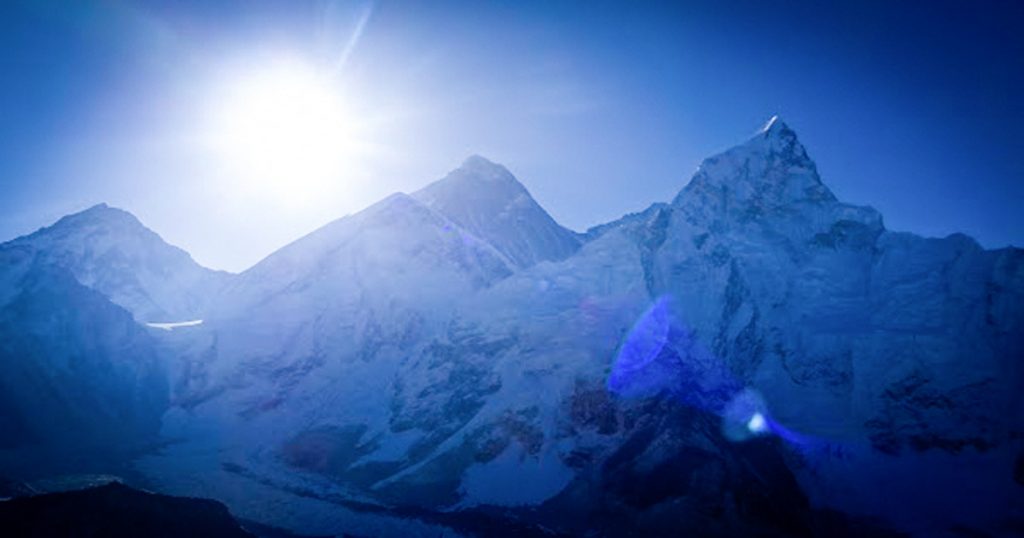
It took us three days to return to Lukla with a stop each at Pheriche, the quaint village that houses the Aid-Post of the Himalayan Rescue Association of Nepal and Namche Bazaar. I felt proud collecting my Certificate of Achievement issued by the Sagar Matha National Park Management Committee, at the Namche Bazaar check post of the Nepal Ministry of Tourism.
Among many religions, it is a norm to give some daan (donation) after one has visited a pilgrimage. When we reached Lukla apart from tipping our Porters and Sherpa’s I wanted to give them something more. It is because of their guidance and assistance that I was able to do this pilgrimage, so I decided to give away my trekking boots, my trekking clothes, all the first aid kits and medicines that I had. They would be in much need of these for the next pilgrim.
M.Rishi Kumar shared his experience of Everest Base Camp Trek with Adventure Pulse.
Follow us on Instagram: https://www.instagram.com/adventurepulse/

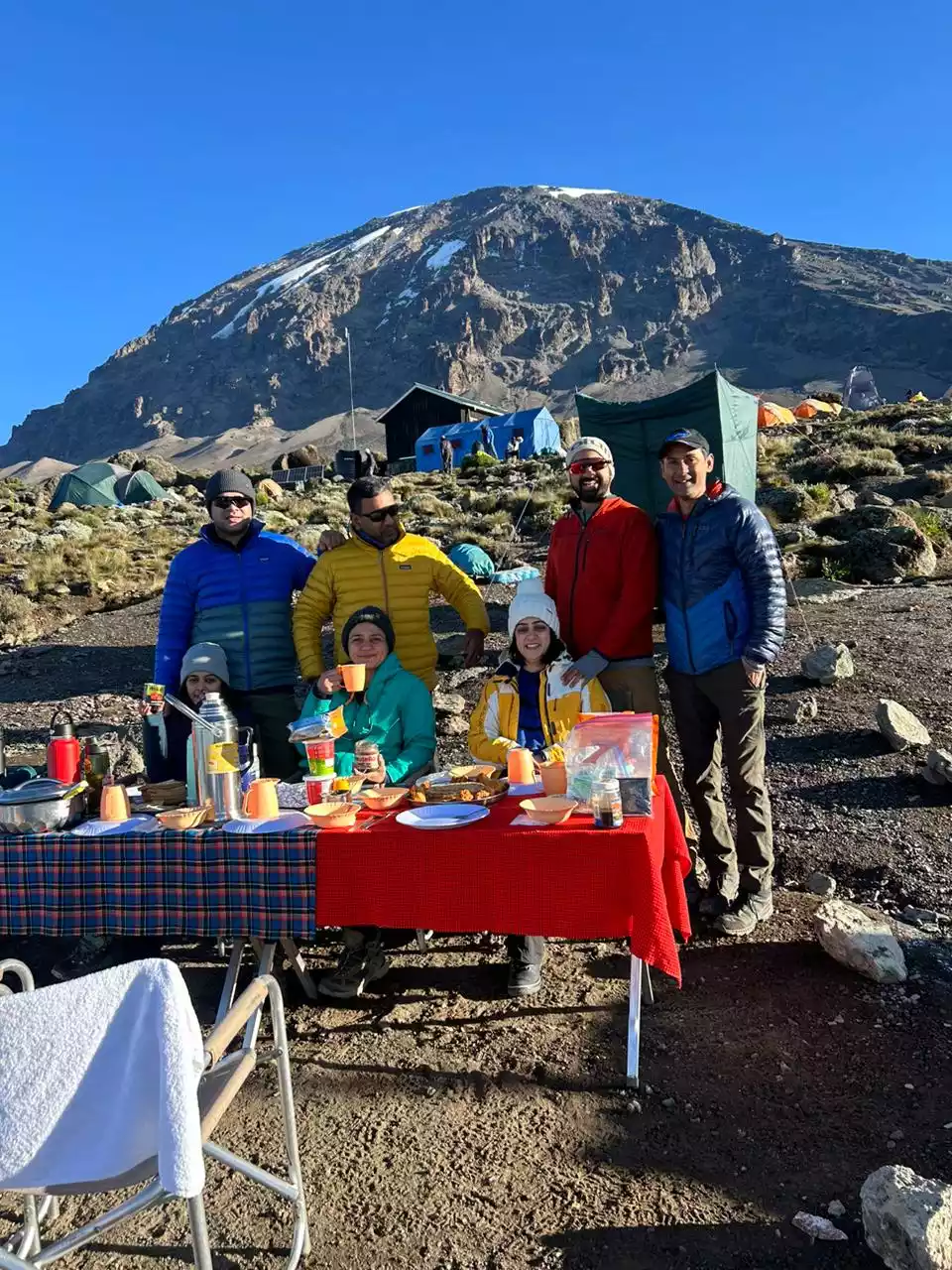
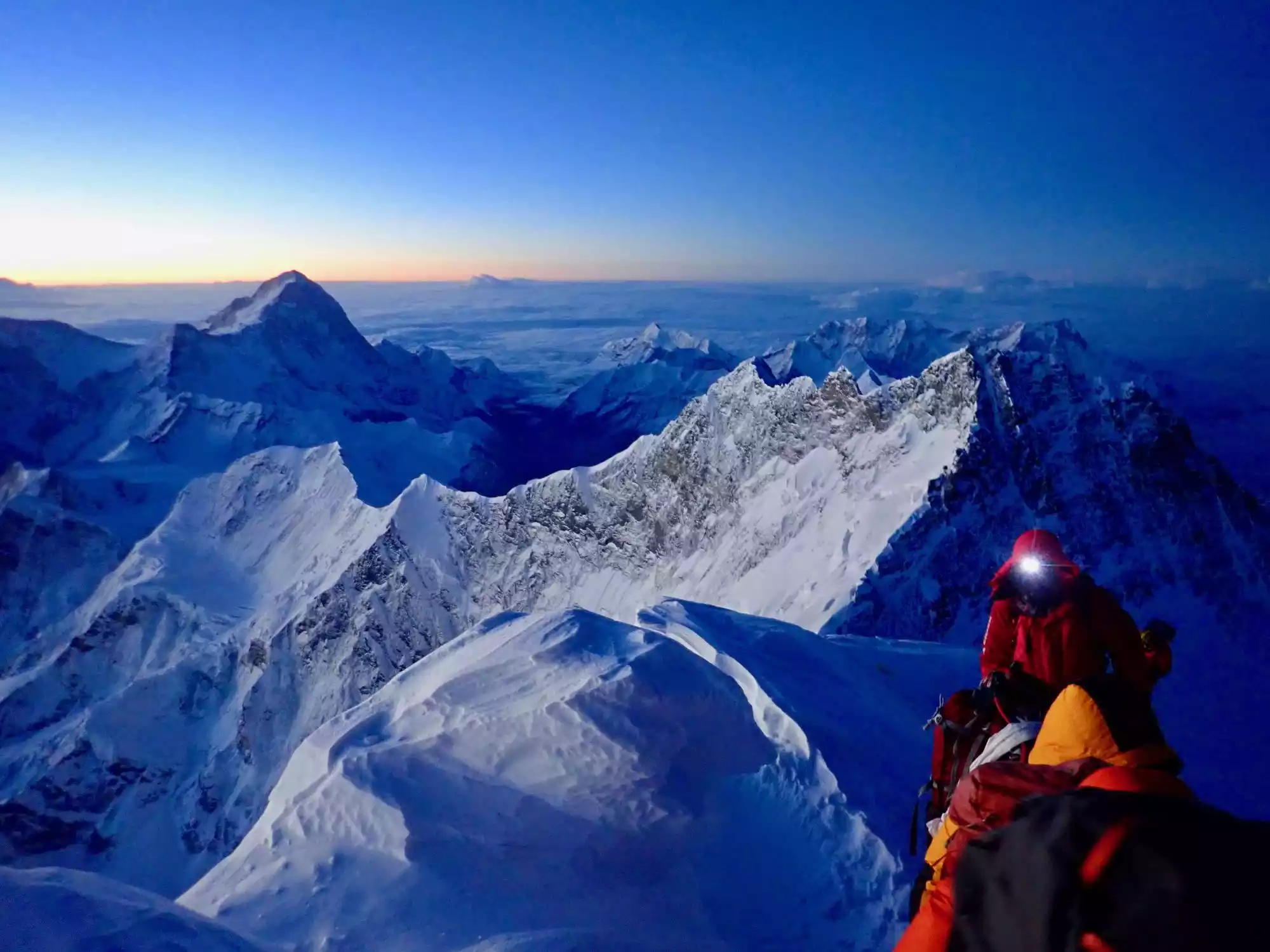
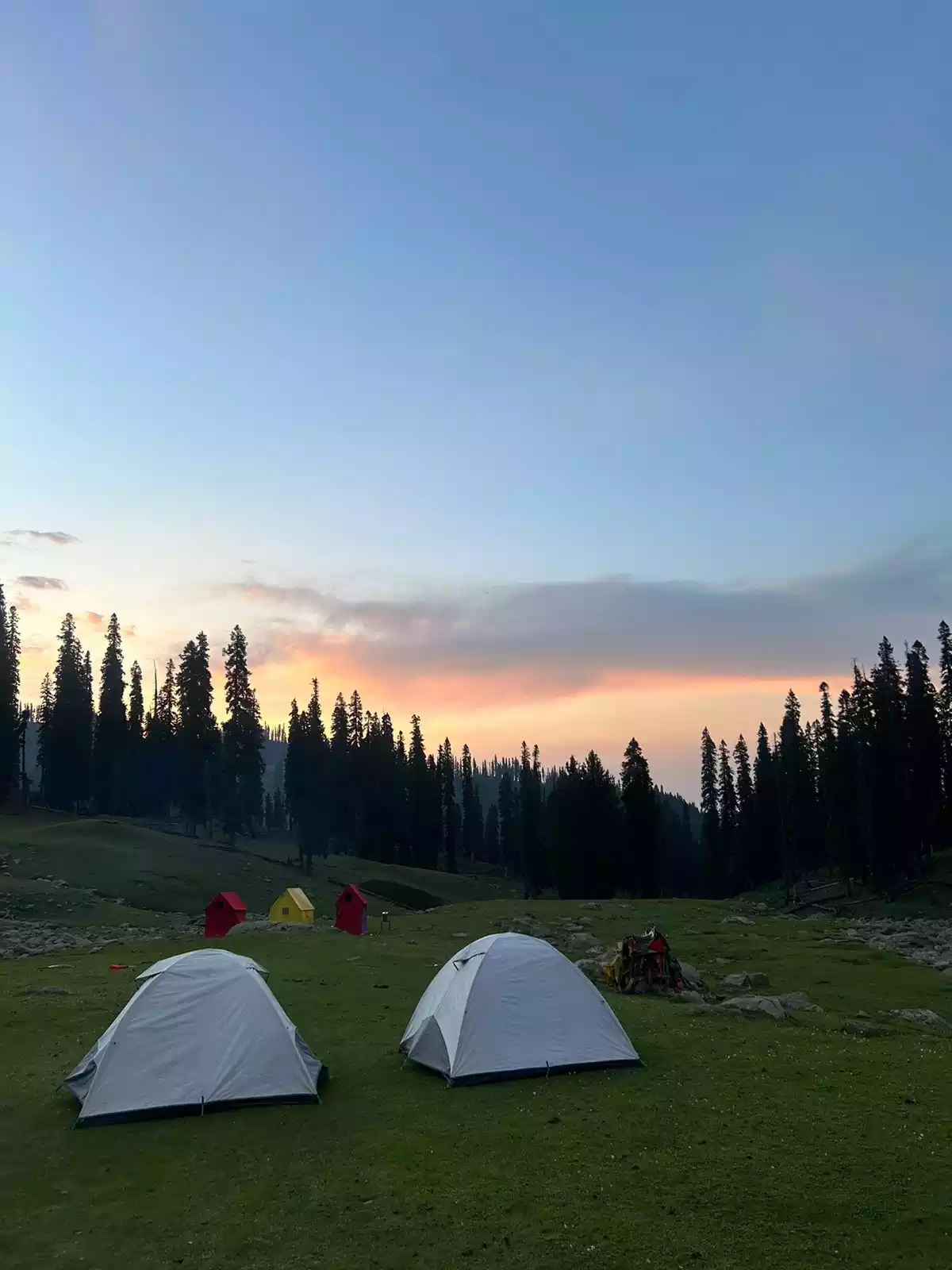
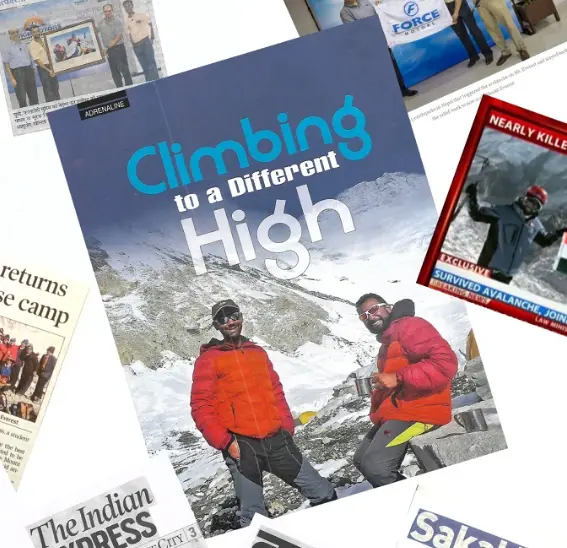
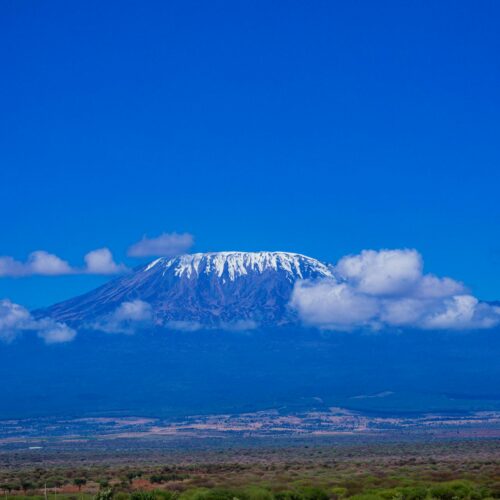


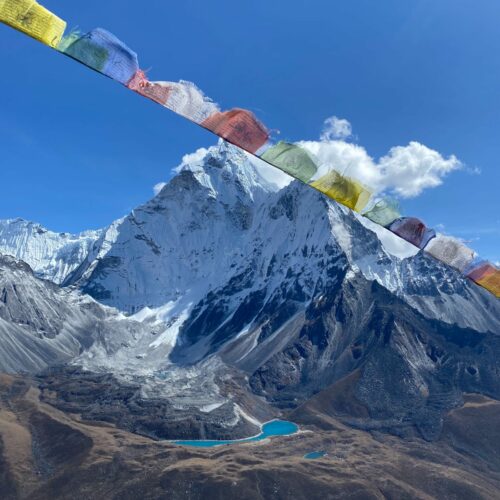



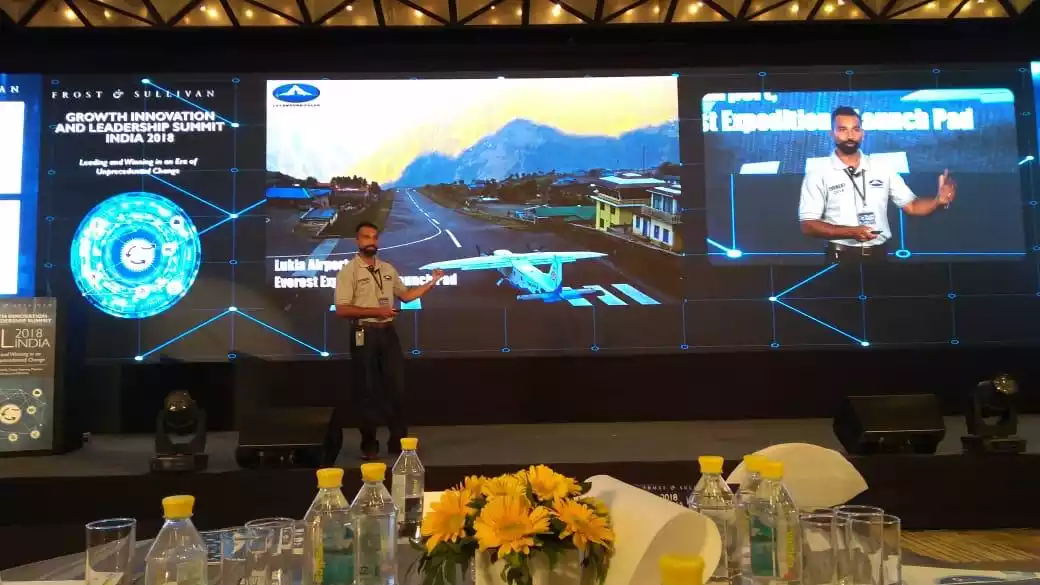
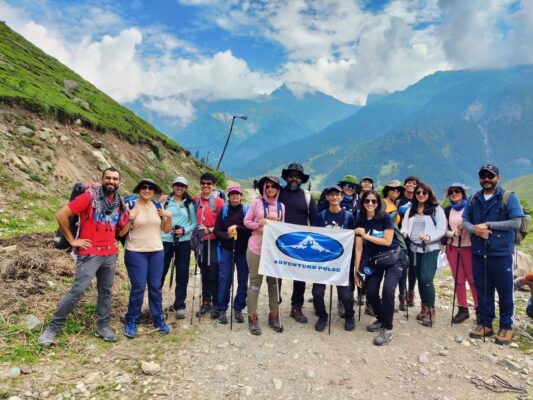
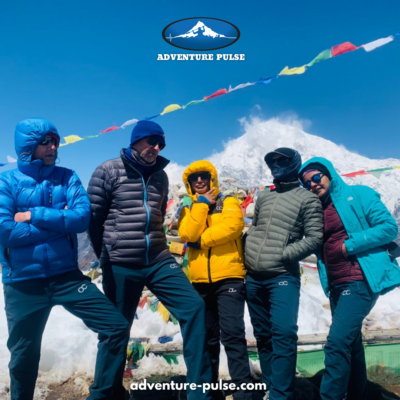
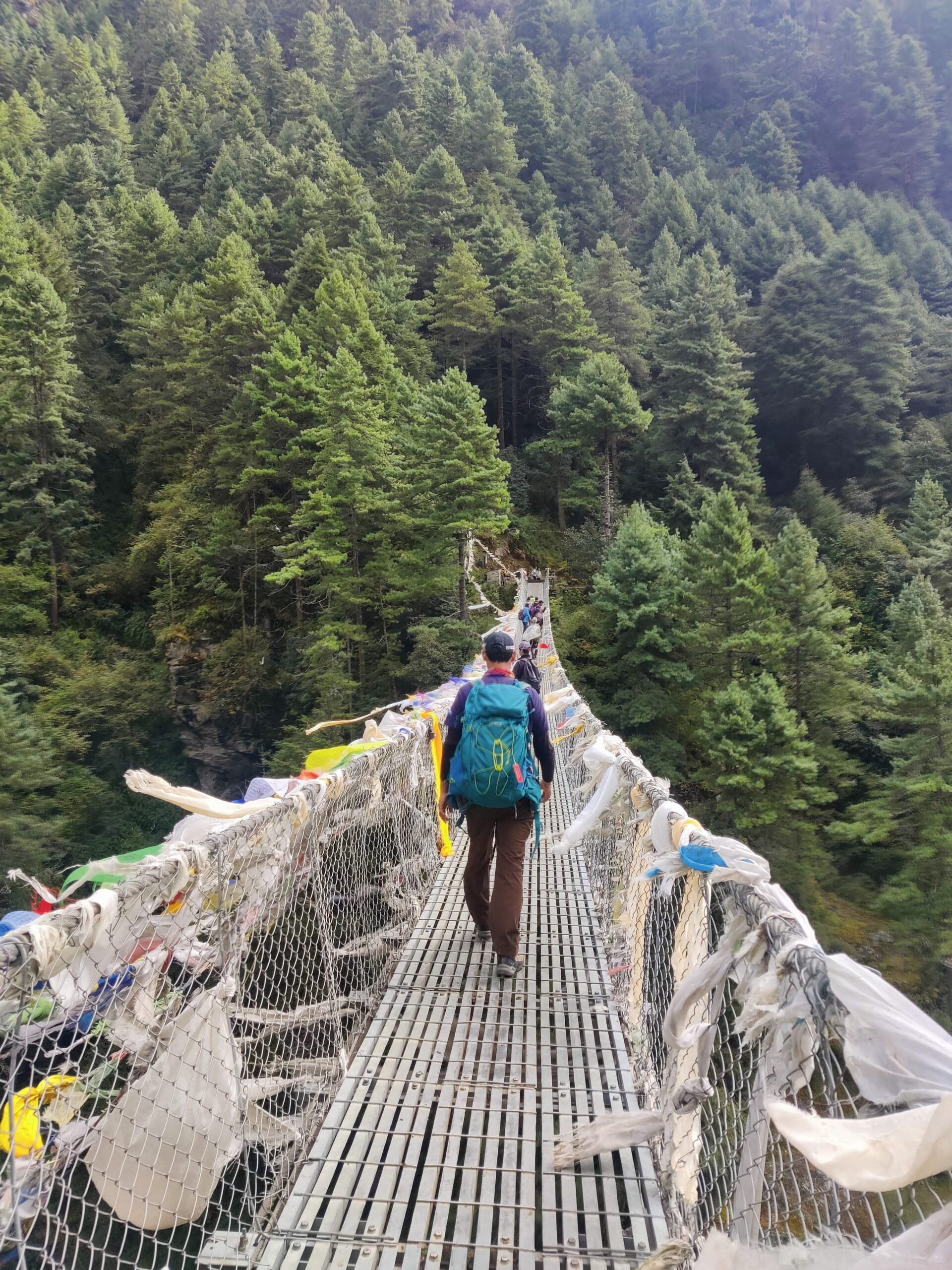

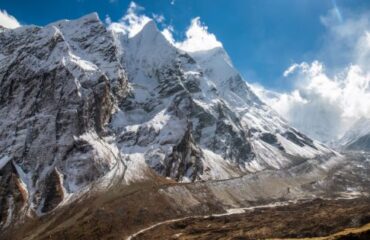
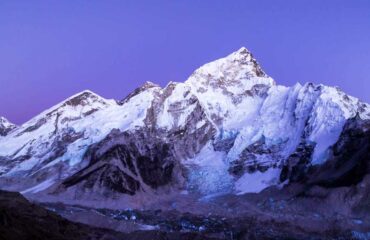
[…] Everest Base Camp Trek – A Pilgrimage, The Sagarmatha National Park […]
At 57 and half and 20 years on Pacemaker….Completed Everest Base Camp, solo , on 23rd May, 2022